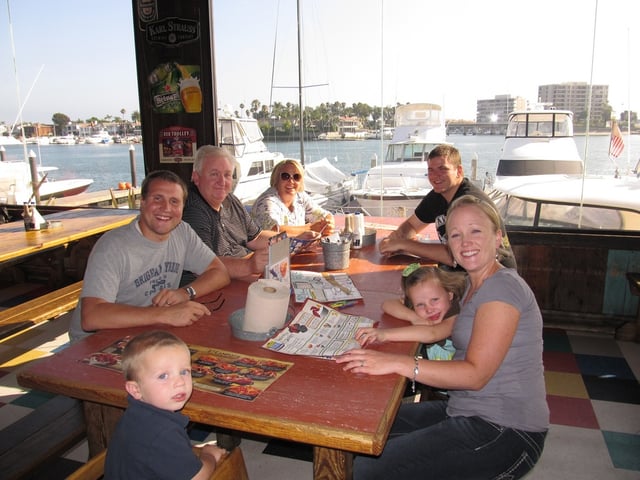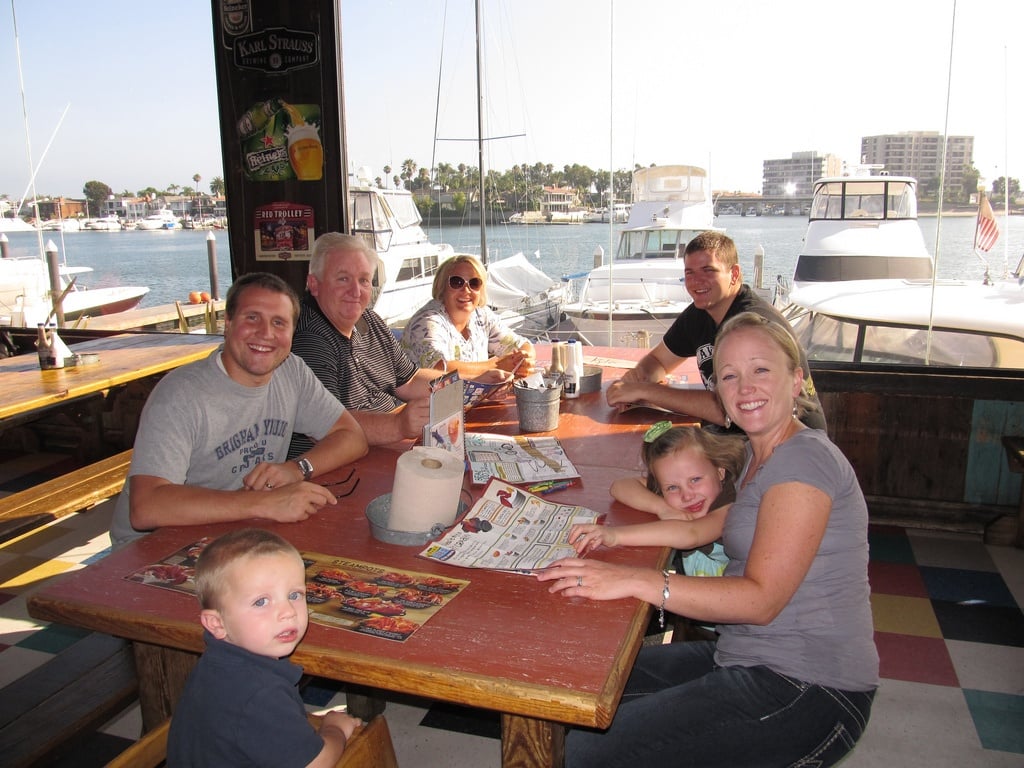Last fall, several restaurants phased out tipping, instead providing a livable base salary to the wait-staff; this was done to promote a shared work culture, correct inequities caused by the traditional system, and bring the entirety of employee wages under management’s control.
This “hospitality-included” policy has been instituted to varying degrees of success by local restaurants in big cities, but national chain Joe’s Crab Shack’s recent public backpedaling bodes poorly for the new system’s short-term prospects, highlighting issues such as staff turnover, customer discontent, and increased tax burden.
To Tip or Not to Tip?
Famed New York restauranteur Danny Meyer is the most public advocate of the no-tipping movement, and as Food Republic noted, “When Meyer speaks, people—most importantly, people in the restaurant industry—listen.”
In three eateries over the last year, Meyer raised menu prices 21-25% while raising all staff wages; considering that customers no longer tip, this amounts to roughly a 10% final tab increase. While some would balk at such a hike, Meyer’s fame and wealthy clientele have inoculated him from blowback beyond the occasionally intractable customer leaving a gratuity. By the end of the year, it will be law in all 13 Meyer restaurants.
Opinions on Meyer’s move vary, with the National Restaurant Association expressing concern while others, such as famed food personality Anthony Bourdain, heaping outright praise. One group yet to complain: Meyer’s staff, who in addition to a competitive base salary also share 8% of top-line revenue. For other early adopters, however, staff and customers have proved less adaptable.
Tipping the Balance?
One less-than-successful implementer, Thad Volger, instituted a hospitality-included policy at his two San Francisco eateries but quickly abandoned it: “We haven’t been able to keep servers…It’s been impossible to compete with more traditional places in keeping front-of-the-house staff.” He lost 70% of his formerly-tipped workers during the ten-month experiment.
When take home pay is determined by seniority and merit, servers stand to lose flexibility and power and, at least initially, to lose some money as well—Volger’s servers saw their wages decrease by up to $15/hour.
The Tipping Point
The recent changes at Joe’s Crab Shack will prove far more influential. Last year, the national chain raised server base pay to $14/hour and offset the hike by raising menu prices 12%-15%. According to internal data, 60% of customers rejected the change. Said CEO Bob Meritt, “Our customers…spoke very loudly and a lot of them voted with their feet.”

Of the eighteen Crab Shacks in the pilot program, fourteen reverted to the old model. Troublingly for other potential adopters, Joe’s internal data echoes Horizon Media’s February 2016 survey showing 80% of national diners want to maintain the at-will-tipping status quo.
Tips and Tricks
In Pittsburgh, independent restaurant owner Bobby Fry of Bar Marco may have found the solution. Fry changed menu portions and ingredients to increase profit margins while not charging more for the same plate, and rearranged seating to increase daily capacity. To combat turnover, he offers a $35,000 base salary with immediate health care, paid vacation, and 500 company shares.
Keeping his employees satasfied is of paramount concern. Indeed, Fry holds weekly meetings with staff to solicit input on everything from menu to pricing to cost-cutting initiatives. The result? One month in, revenue was up 26% and overhead dropped 8%—a decrease Fry credits to “employee cognizance” driving reductions in water, linen, and liquor costs.
A Hot Tip
Even in restaurants where the hospitality-included model has thrived, there are still hurdles to overcome. For example, with 100% of the servers’ wages going through the restaurant’s payroll, the system stands to increase a restaurant’s tax burden.
Of course, such burdens can be overcome with customer support. Said one guild leader: “If customers accept it, if customers like it, I think you’ll see wider spread adoption.” Interestingly, the same Horizon Survey found millennials least attached to the status quo, providing some long-term hope for a movement where successes have thus far been few and far between.


